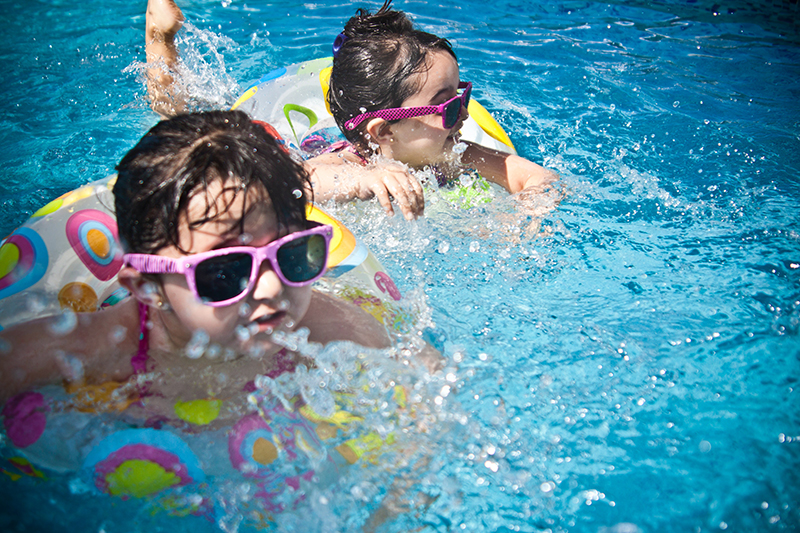Addressing Lifeguard Shortages: How Teens Can Help

The lifeguard shortage affecting the nation presents a very real danger to water safety for children of all ages. In our op-ed with the Chicago Tribune, we stressed that the impact of the nationwide lifeguard shortage has become clearer as pools and beaches reduce their operating hours. This turn of events, however, also presents an opportunity to build water awareness in your teen in a way that helps the greater community.
Building Water Awareness
Talking to your teen and sharing advice about water safety is the first step to teen drowning prevention. Teens often underestimate potentially dangerous situations, especially when around natural bodies of water.
We often talk about the importance of designating water watchers for home pools and for exposure to bodies of water in general. With the proper education, teens can provide additional layers of supervision as water watchers. Teens also tend to look for part-time jobs as a means of building their own income, which can make the prospect of lifeguarding all the more enticing.
How to Approach Lifeguarding With Your Teen & What You Should Know:
- Determine eligibility. The age of eligibility to become a lifeguard varies by state. If your teen is over the age of 15, they are most likely eligible to become a lifeguard. Additionally, some lifeguard training programs (the Red Cross, for example) will also require a written examination before the teen is allowed to continue training.
- Find a lifeguard training course. Check your local swim club, YMCA, and/or local Red Cross to learn about their programs and corresponding dates for teens hoping to become lifeguard certified. The American Lifeguard Association also lists information on lifeguarding certifications in your local area.
- Paying for the lifeguard certification. Many lifeguard programs are not free and can cost up to $300. The YMCA offers free lifeguard certifications for teens 16+ who want to work at their local YMCA. In other instances, the cost of the lifeguard certification can be paid off with ~30 hours of lifeguarding.
- Requirements for passing the lifeguard certification vary. Some of the basic requirements include:
- The ability to swim approximately 500 yards.
- The ability to perform mock rescues with other class participants, helping them to develop the proper techniques essential to saving a life. This includes learning CPR.
- Understanding of the program’s training book and completion of all written exams detailing proper lifeguarding protocols.
- Get your teen re-certified. Lifeguards are required to get re-certified every two years. While it’s significantly cheaper to get re-certified, this step has contributed to the lifeguard shortage we’ve seen since the onset of the pandemic. Getting your teen re-certified will help to maintain their water awareness and has the potential to prevent drownings in your community.
Visit our teen water safety guide for more advice and subscribe to our newsletter for water safety updates year-round.
